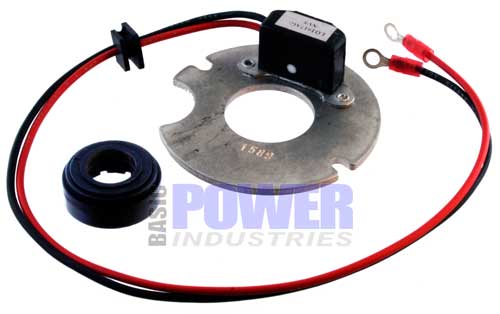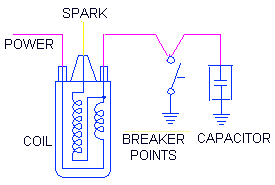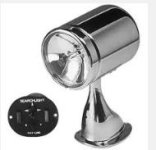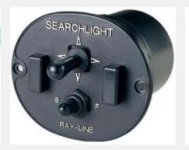FastFred
Member
Any Ideas? Please help!
My Starboard side eng dies below 1800rpm.
Stats:
Crusader 1988, 270hp (GM 350cid)
rochester 4bbl carb. (recently rebuilt by a pro, not me)
Twin engines, port side runs fine
Shared fuel tank, separate fuel pick-ups, spin-on filters, etc
Prestolite Electronic Ignition (recently replaced), mechanical advance
Fresh water cooled
It had run fine in the morning on the way out of the slip, and out to the fishing grounds. Time to head home...Engine starts if I goose the throttle, then it stalled when I reduced the RPMs. I warmed up the engine by running at 1800-2000rpm, temp 160-180*, but as soon as I try and idle it down to put it in gear, it stalls. On the way back to the dock yesterday, (one time)I was able to get it in gear and goose it up onto plane, and run. It ran fine on plane at 2900-3000rpm for 15mins or so (tops out around 4000rpm, although I never run it wide open to conserve fuel). I came down off plane, and it stalled again. I will still restart, but only if I run it above 1800rpm. Any ideas?
Thanks in advance.
My Starboard side eng dies below 1800rpm.
Stats:
Crusader 1988, 270hp (GM 350cid)
rochester 4bbl carb. (recently rebuilt by a pro, not me)
Twin engines, port side runs fine
Shared fuel tank, separate fuel pick-ups, spin-on filters, etc
Prestolite Electronic Ignition (recently replaced), mechanical advance
Fresh water cooled
It had run fine in the morning on the way out of the slip, and out to the fishing grounds. Time to head home...Engine starts if I goose the throttle, then it stalled when I reduced the RPMs. I warmed up the engine by running at 1800-2000rpm, temp 160-180*, but as soon as I try and idle it down to put it in gear, it stalls. On the way back to the dock yesterday, (one time)I was able to get it in gear and goose it up onto plane, and run. It ran fine on plane at 2900-3000rpm for 15mins or so (tops out around 4000rpm, although I never run it wide open to conserve fuel). I came down off plane, and it stalled again. I will still restart, but only if I run it above 1800rpm. Any ideas?
Thanks in advance.






